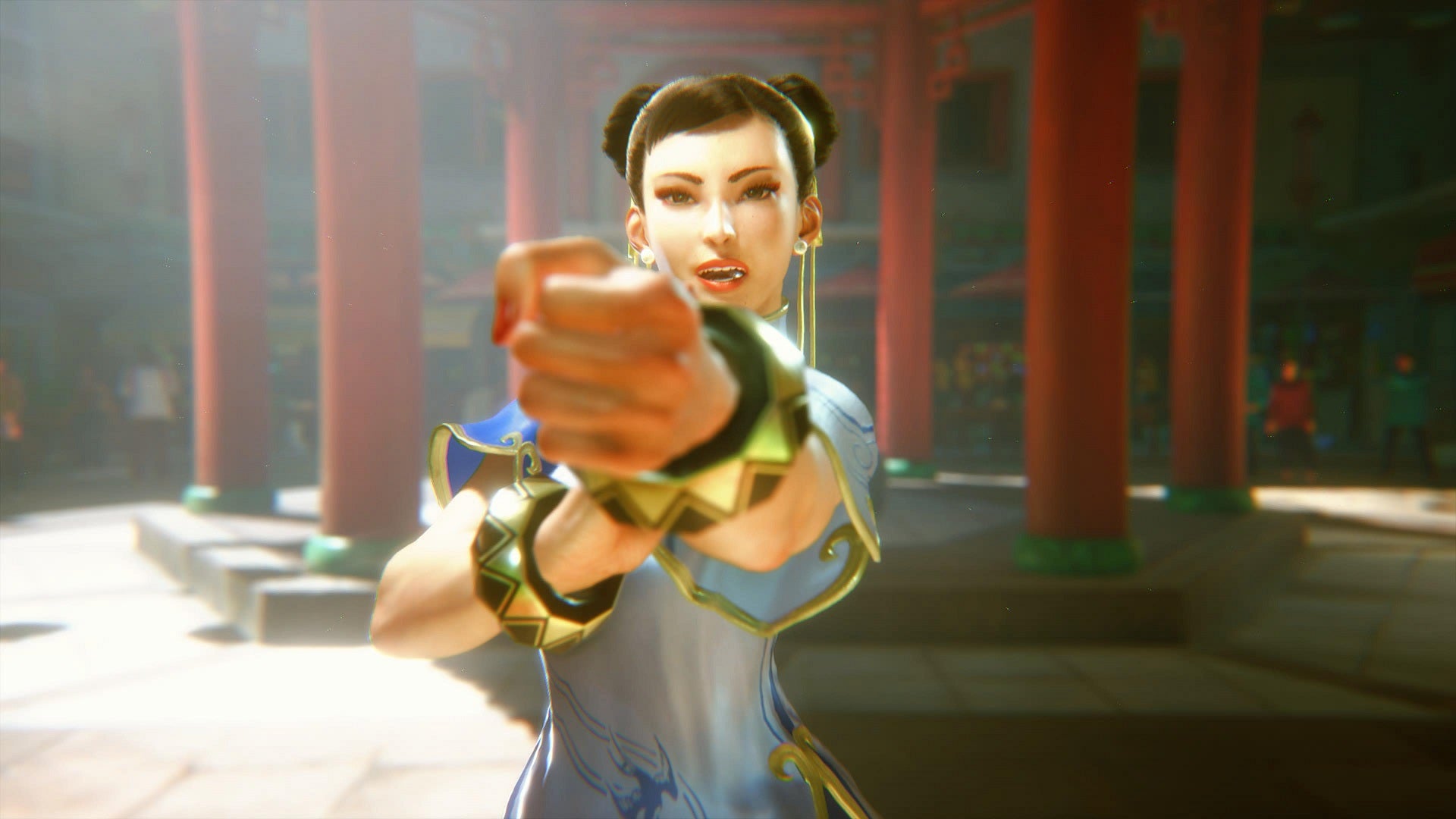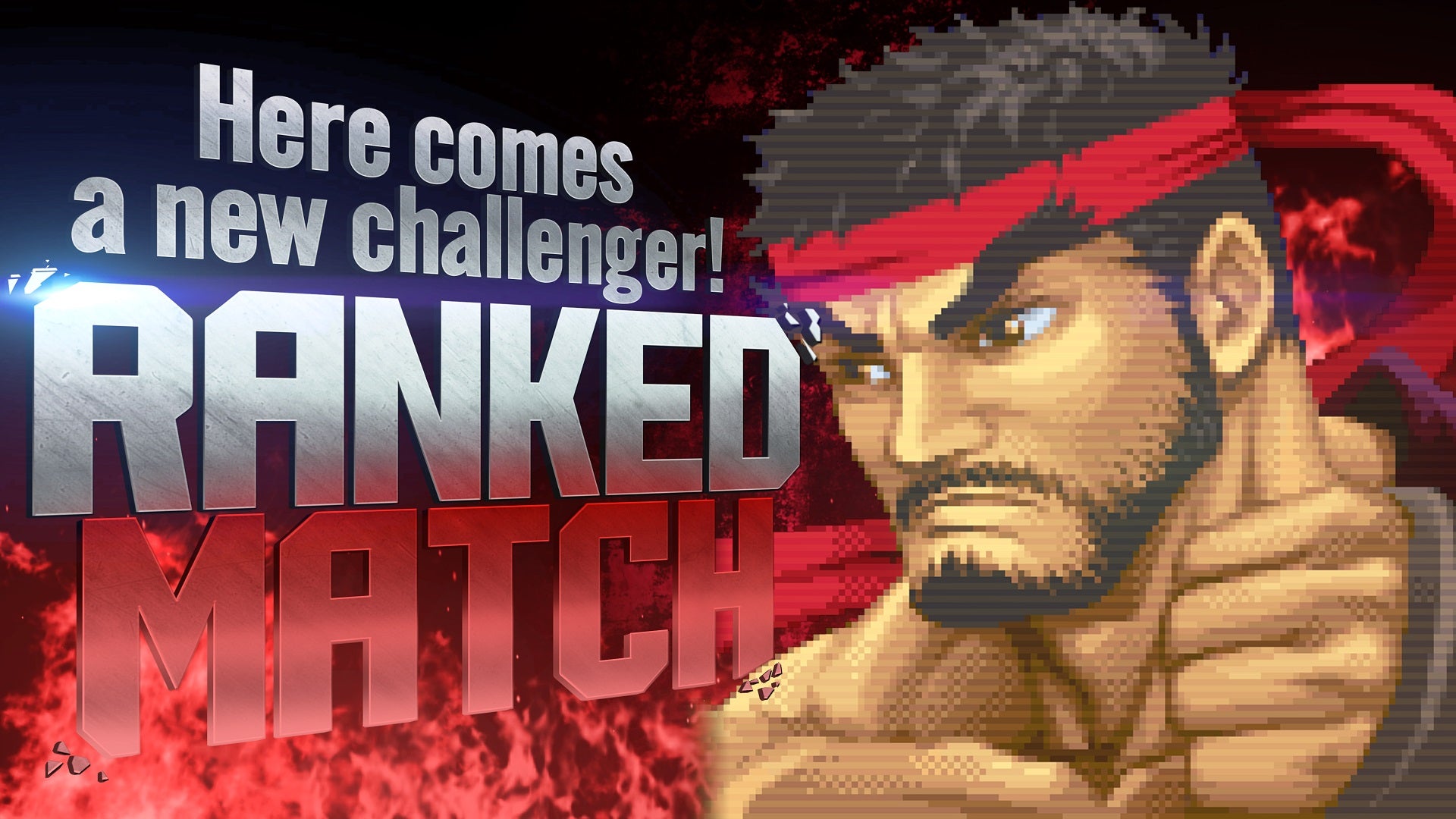Street Fighter 6 is a frontrunner for my game of the year, but sometimes it feels like I spend more time fighting with its menus than I do throwing hands with other players online. I’ve put around 80 hours into Capcom’s latest fighter and have dealt with several annoyances just trying to change the smallest settings. So I thought I’d share a few switches to flip before getting started, also touching on few you’ll likely be wrestling with until Capcom implements something better.
Swap to Performance Mode
The absolute first thing you should do the second you boot up Street Fighter 6 is change the “Action Mode” settings. In the Options menu, tab over to Graphics on the right-hand side, and under Basic Graphic Settings, you’ll see Action Mode with two options: Performance Mode and Resolution Mode. By default, the console versions of Street Fighter 6 has this set to Resolution Mode, which makes the game prettier to look at but run at a lower framerate. This specifically applies to the World Tour mode, which lowers the framerate during fights to 30 frames per second, just to spruce up the graphics. Under no circumstances should you choose the low-framerate version of this game. Any fighting game sicko will tell you framerate is king in fighting games, even when you’re playing the single-player mode.
This isn’t applicable to the PC version of the game, but console players, do yourself a favour and immediately swap to Performance Mode. It’s just a baseline thing you should have set before you even get started fighting in the streets.
Change your primary character and choose between Classic and Modern controls
Street Fighter 6 has two modes of control: Classic and Modern. As the name implies, Classic is the series’ traditional style of input, meaning it caters to long-time fans used to using sweeping circular directional inputs and hold-and-release “charge” inputs to bust out special moves. Modern, meanwhile, trades off some damage for extremely simplified button inputs.
The new Modern controls are a good option for players who typically find fighting games daunting and complicated, but if you’re a long-time vet, your muscle memory will be completely disoriented. The game defaults all controls to Modern, so if you want Street Fighter 6 to play similarly to previous games, you’ll need to change the setting, which is frustratingly buried in several menus. Here’s the walkthrough from our original Street Fighter 6 tips post:
The first, most far-reaching toggle you’ll need to switch is in the Options menu under Controls, which will let you change from Modern to Classic controls for both players. However, for some reason, Street Fighter 6 doesn’t apply this setting to its online fights.
To change your control scheme for online play, you’ll have to manoeuvre through some decidedly unclear menus. Start by pausing the game in either the main menu or an online lobby and going to Profile. This will bring up your Fighter Profile, which will default your primary character to Luke. In the bottom-left corner you’ll see an option for Battle Settings, and here is where you can change your preferred online character, your matchmaking settings, and your control schemes. Jump over to the Character tab and you’ll see all the characters in the roster. Pick your favourite and that will be the one you use in online battles.
While you’re there you’ll likely want to switch all the other characters to Classic controls, too. You’ll need to press the Update Character Settings button, then click Apply Control Type to All Characters. It’s a lot of button presses and menu scrolling to get there, but if you don’t take the time, you’ll load up a character online only to find none of their buttons do what they’re supposed to do.

Disable commentators (or don’t, your preference)
Your mileage may vary on this one, but I didn’t love the addition of commentators in Street Fighter 6. These are shoutcasters who narrate matches, and while the commentary and delivery itself is solid, eventually I started to hear repeating dialogue enough that it just felt like it was covering up the audio cues and excellent soundtrack. Luckily, swapping them is a lot more simple than swapping off Modern controls.
Turning off the commentator is easy enough in standard matches, as it’s an option in the pre-fight config screen. For online matches, you’ll have to open your battle settings and tab over to the Other menu. Just toggle the Commentary Settings to off, or play with them to see if you can find a pair of announcers you actually like.
If it doesn’t feel right, you can remap your control scheme
For some, changing between Classic and Modern controls might not be enough. Maybe you’re coming into Street Fighter 6 with no knowledge of the series, but you have a lot of established fighting experience with other series. If you want to map certain moves to different buttons so it’s more akin to a game you’re familiar with, you can do that, both on a character-by-character basis, or by applying it to the entire roster.
To change your control scheme, pause the game and go to the Options menu and tab over to Controls. Choose either of the first two options (Player 1 Side Control Settings or Player 2 Side Control Settings) will let you map different buttons to your preferred input. By default, you’re given five different control schemes to choose from with differently mapped buttons, so to make your customised control scheme, you’ll have to overwrite one of them. Tab through the Button Preset option in the same menu and pick one of these before you start. Once that’s settled, you can start changing whatever inputs to whichever buttons you like. If you want your light punch or heavy kick to be on a different button, just go down the list and map buttons accordingly.
Once you’ve done this, head to the Fighting Ground menu and open your Battle Settings. Here you can assign a Button Preset to each fighter. Go to the Character tab and pick your main, then press the Update Character Settings button. Scroll down to the Button Preset slider and pick whichever custom button mapping you just modified.
Narrowing down matchmaking can help with connection issues
Street Fighter 6 hasn’t given me too many connection issues in my time playing, but I also live in New York City where the internet is halfway decent. Because I know that’s not the case everywhere, it’s worth tweaking online matchmaking settings so you don’t get paired with someone with a weak connection.
In the Battle Settings menu on the Matchmaking tab, scroll down to Opponent’s Connection. By default, this will be set to All, which lets you connect with any player regardless of their connection. But if you need (or want) to be pickier about the connection, you can choose to only match with players who have four- or five-bar connections to you. However, you may find that you spend longer waiting between matches if you set it to only five bars.
Private, passcoded rooms are easier than Friends Only rooms
Making a Custom Room is one of the best ways to play with your friends in Street Fighter 6. Sure, there’s something whimsical about everyone gathering with their created character in a lobby and sowing chaos, but in terms of efficiency, Custom Rooms are the way to go. Of course, because nothing is ever simple to navigate in Street Fighter 6, you’ll want to change a few settings before you make the room.
Anecdotally, myself and larger groups have had trouble with Friends Only rooms because we’ll have people we want to join who aren’t technically on anyone present’s friends list, and the UI for dealing with friend requests is buried in another menu you can’t access from a Custom Room. So we’d have people having to remove themselves from the Custom Room to go accept friend requests, and then we’d have to invite them back in. One of the simplest ways to circumvent all of this is to make a Private Room, then lock it behind a Passcode you can share as you wish. This way, you’re not beholden to friendship status and you won’t have to all be jumping in and out of the room to drag new people in.

Customise your challenge screen
Street Fighter 6 is brimming with personality, and is has some options to spotlight your own as well. One of these is the challenge screen that appears before each online fight. These include art of your currently chosen character displayed alongside the text “Here comes a new challenger!” When you boot up the game for the first time, this will just include the standard art for each fighter, but you can tweak it a little. Each character has their original portrait, an illustrated one, and a piece of pixel art evocative of the series’ 2D roots.
To change these, head to the Battle Settings menu and tab over to Character. Pick the character whose challenge screen you want to change and click Update Character Settings. Switch over to Customise Challenges and pick your Character Portrait, Effect, and Effect Colour. You won’t get to see these much yourself, but soon enough, yours will inspire fear in players who dare to challenge you. Ask my friends about how they feel about seeing 16-bit Ryu appear on their screen.
Mix up the music you fight to and the stages you fight on
Street Fighter 6 is full of gorgeous stages and a banger soundtrack. However, because of the default settings, you might end up missing out on some of these because it will default to just playing the music of the characters who are fighting. So if you’re like me, who mains a character and only plays as them, you might just end up hearing the same theme over and over. To introduce more variety, in the Battle Settings menu tab over to Other and scroll down one option to Battle BGM. Here, you can choose whether your character’s theme, your opponent’s theme, or the stage theme plays during a fight. Or you can pick Random, which will keep things fresher. I personally prefer this option because it means I’m not just hearing the same tracks ad nauseam. Street Fighter 6 has too much good music to limit yourself.
In this same menu, you can pick which stages you want to fight on as well. I recommend setting this to Random so you get a grand tour of Street Fighter 6’s world, but you can also tweak that to omit certain stages, if you feel so inclined. I personally removed the Training Room stage from my rotation, just because I’d rather see the livelier maps over the one that is, by design, meant to be very utilitarian.
Pick a side
This is something that probably only matters to the sickest of fighting game sickos, but Street Fighter 6 does let you choose which side of the stage you’d like to start on at the beginning of a fight. Ultimately, most fights will have you swapping between the left and right side throughout the match, but some players have an easier time with certain inputs on different sides of the stage, in which case they might benefit from starting on one side or another.
Personally, I have a lot more trouble executing a Shoryuken on the right side of the stage because the outward thumb movements on the d-pad just don’t feel as natural to me when they’re mirrored. So I do prefer to be on the left side of the stage if I can help it. So if you feel like one side or the other might give you an advantage, head to the Battle Settings menu and on the Other tab, scroll to the bottom and pick your Side Setting of choice. Do note, however, that if your opponent has picked the same side in their own settings, sides will get assigned randomly.

Leave a Reply